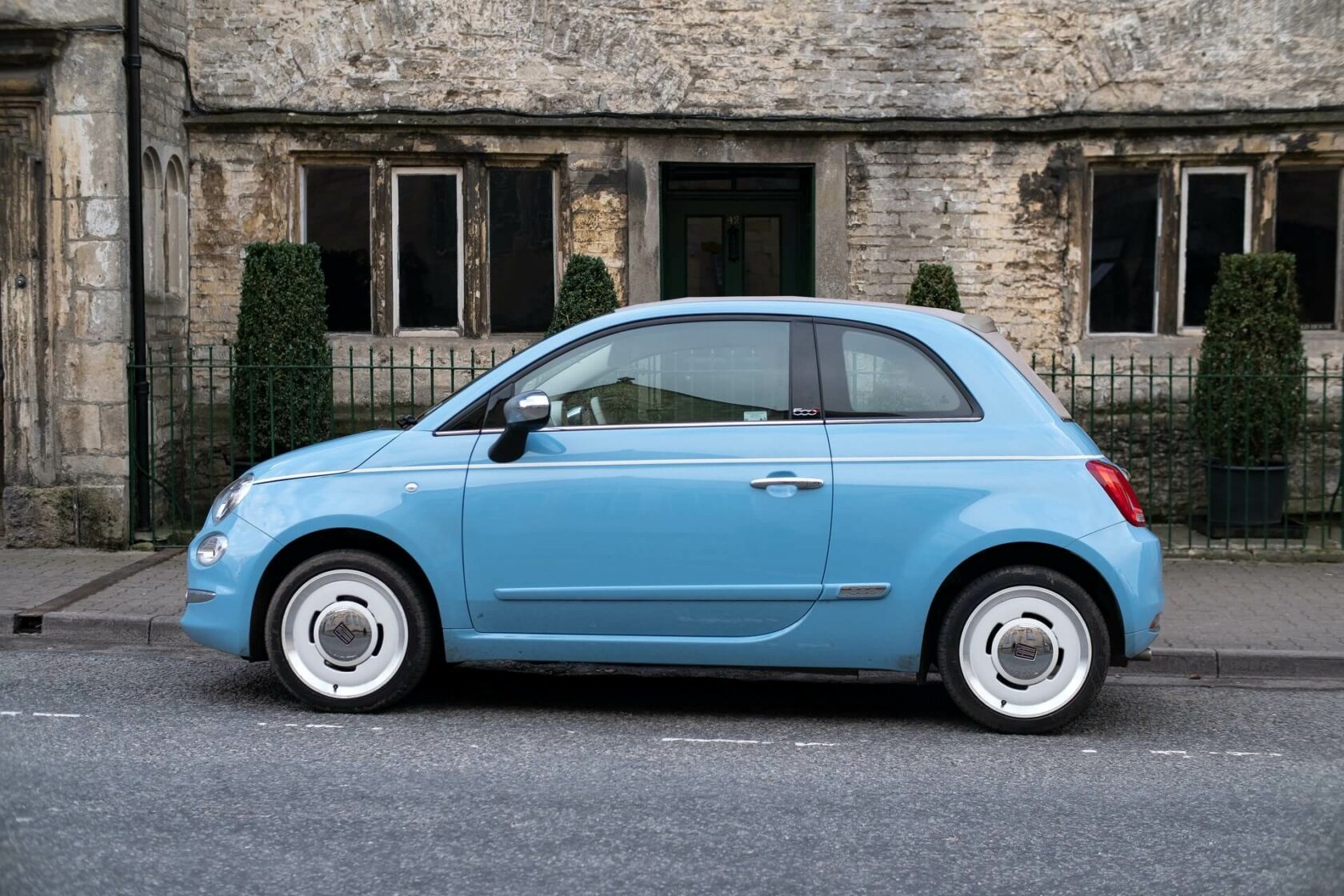Let’s talk about car insurance.
There are two types of car insurance: One-way car insurance and two-way car insurance.
The difference lies in what type of accidents you’re covered for.
One-way insurance: Non-responsible accidents only.
A driver that has one-way insurance is only covered for accidents for which they are not responsible.
If that driver cuts over two lanes on the highway and causes a pileup, they’re out of luck.
If that driver’s car is stolen, they’re screwed (window damage would not be covered).
But if that driver gets rammed from behind by a texting driver, they can hit up their insurance company to pay for the damages to their car.
Two-way insurance: Any type of accident.
Now if that same driver had two-way insurance, they’d be covered for all the incidents described above.
Why?
Because two-way insurance in Quebec is full car insurance coverage.
It includes three things:
1) Non-responsible accidents
2) Responsible accidents
3) Fire, theft, vandalism & glass breakage
And there’s a third bonus insurance type that we in the industry talk about: One-and-a-half-way insurance.
With 1.5-way insurance, you’d be covered for numbers 1 and 3, but not for responsible accidents.
You may have some questions surrounding these two (or three) types of car insurance coverage.
Great — we have answers!
- What is one-way car insurance?
- How much cheaper is one-way insurance?
- When should I switch to one-way insurance?
- What is the difference between 1 way and 2-way insurance?
With all this in mind, we should probably back it up — beep, beep, beep — and make sure we understand how car insurance works in Quebec.
In our beautiful province, we have a hybrid insurance system.
Vehicle damage is handled through private insurance companies, such as Intact, Desjardins, Sonnet, and more.
Bodily injury, on the other hand, is handled through the Quebec government body, the SAAQ.
We don’t need to go deeper on that today — if you want to know more about this, check out our Quebec Car Insurance Explained blog.
But what you need to know for now is that on top of the split system, we also employ a bubble system stemming from the Direct Compensation Agreement (DCA).
The DCA applies when two or more cars registered in Quebec are in an accident, and it states that you’re always responsible for repairing the damages that are done to your car, but never responsible for repairing the damages done to another vehicle.
In our system, it’s every driver for themselves.
What is one-way car insurance?
One-way is a type of insurance that covers you for accidents only when you were not responsible for it.
It’s as simple as that.
Let’s test you.
Scenario: You’re driving toward a four-way intersection, minding your own business, when you start daydreaming and lose your focus.
You blow a red light and sideswipe an innocent driver who was simply driving through a green light.
You bang up their car pretty good.
The driver emerges from the car yelling at you for blowing the light and telling you you’re going to pay for his car.
Q) Do you have to pay for the victim’s damages?

A) Hell no!
In Quebec, each driver is responsible for covering the damages of their own car.
The victim would file a claim through their own insurance company.
But when you look back at your own car, you realize it’s pretty well totalled.
What happens there?
That’s where you’re in tough.
Remember, you had one-way insurance, and that only covers you in cases where you’re not responsible.
In this case, you were clearly responsible.
That means your insurance company won’t give you a nickel, and it’s up to you to reach into your pocket to fix that mess.
That’s the major downside of one-way insurance.
But there’s an upside…
How much cheaper is one-way insurance?
I’ve seen cases where one-way insurance can be up to 3 or 4 times less expensive than two-way insurance.
But as is usually the case, it depends on many factors.

Insurance companies base your price on demographics — they take into account your age, gender, where you live, and more.
Younger males often have a harder time getting cheap car insurance given they are statistically more likely to get into accidents.
So for them in particular, one-way insurance can be a major saving.
If you drive a beater, one-way’s a good option because you probably wouldn’t fix your car if you roughed it up in an accident anyways.
The most expensive part of any Quebec car insurance policy is “collision” coverage.
If you know you won’t ever use it — even if you get into a bad accident you won’t be fixing your car — then you can safely strip it from your policy and save some coin.
When should I switch to one-way insurance?
As we said, if you’re driving an old, beat-up vehicle, save your money and get one-way insurance.
But eventually you might want to make the switch to two-way.
So when should you do that?

Here’s the magic question: If you have a responsible accident, or your car is stolen, can you afford to replace it?
This is a question I often ask my clients.
If the answer is no, you couldn’t afford to pay for the value of your car out of pocket right now, then you should get it fully insured.
In other words, it’s worth getting two-way car insurance, so no matter what happens, you’re covered.
If you have the cash to buy a new car today, you might be able to save your money and stick with one-way insurance.
Yes, it’s sort of ironic.
The more cash you have on hand, the less you should spend on insurance.
And vice versa.
Heads up: If your car is financed or leased, the dealership is going to insist that you carry two-way insurance.
Don’t bother trying to fight them on it.
Just get the two-way.
What is the difference between one-way and two-way insurance?
Let’s summarize:
One-way auto insurance
- Coverage for non-responsible accidents only
- Referred to as “liability”
1.5 way insurance
- Coverage for non-responsible accidents
- Fire, theft, vandalism & glass breakage (referred to as comprehensive)
Two-way insurance
- Non-responsible
- Fire, theft, vandalism & glass breakage
- Responsible accidents (referred to as collision)
Some people think that two-way insurance also covers replacement cost, but this is not true.
That’s a separate product that can be purchased to protect your car from depreciation.
Replacement cost is an insurance product that helps you avoid losing money on your value-depreciating car.
The basic rule of thumb in car insurance is to compensate the insured for the value of what their car would sell for on the open market on the day the loss occurs.
Replacement cost insurance pays the difference between the actual cash value and the cost to purchase a new car.
Wrap-up
One-way insurance covers you for non-responsible accidents only.
Two-way insurance covers any type of accident.
That’s pretty much all you need to know.
One-way is of course cheaper, so if you don’t think your car is worth fixing, you can save some money and go that way.
Otherwise, you should opt for the full two-way coverage.
That’s it, that’s all.
There are no two ways about it.


